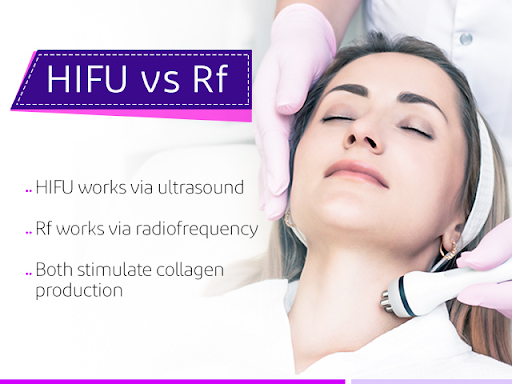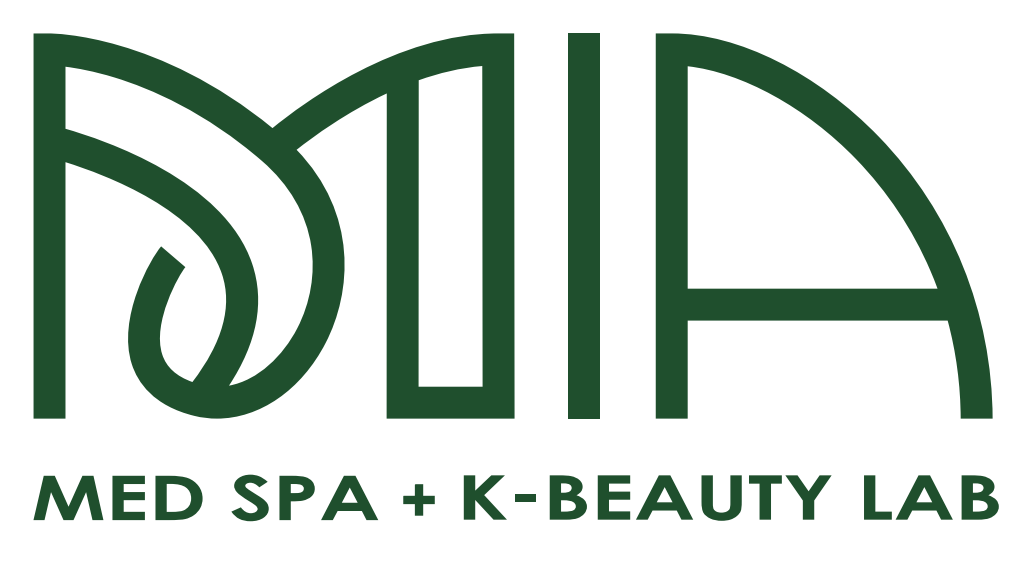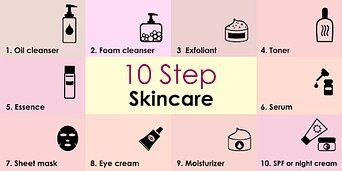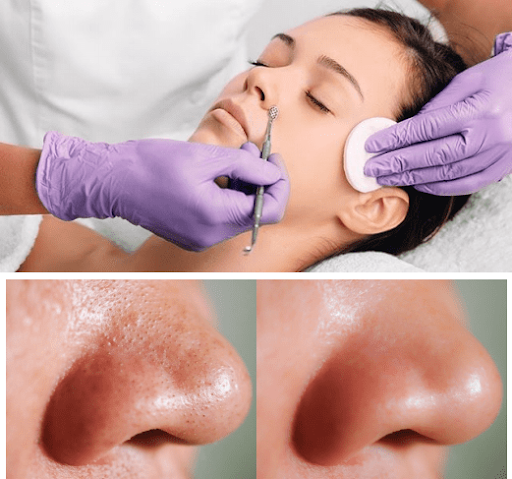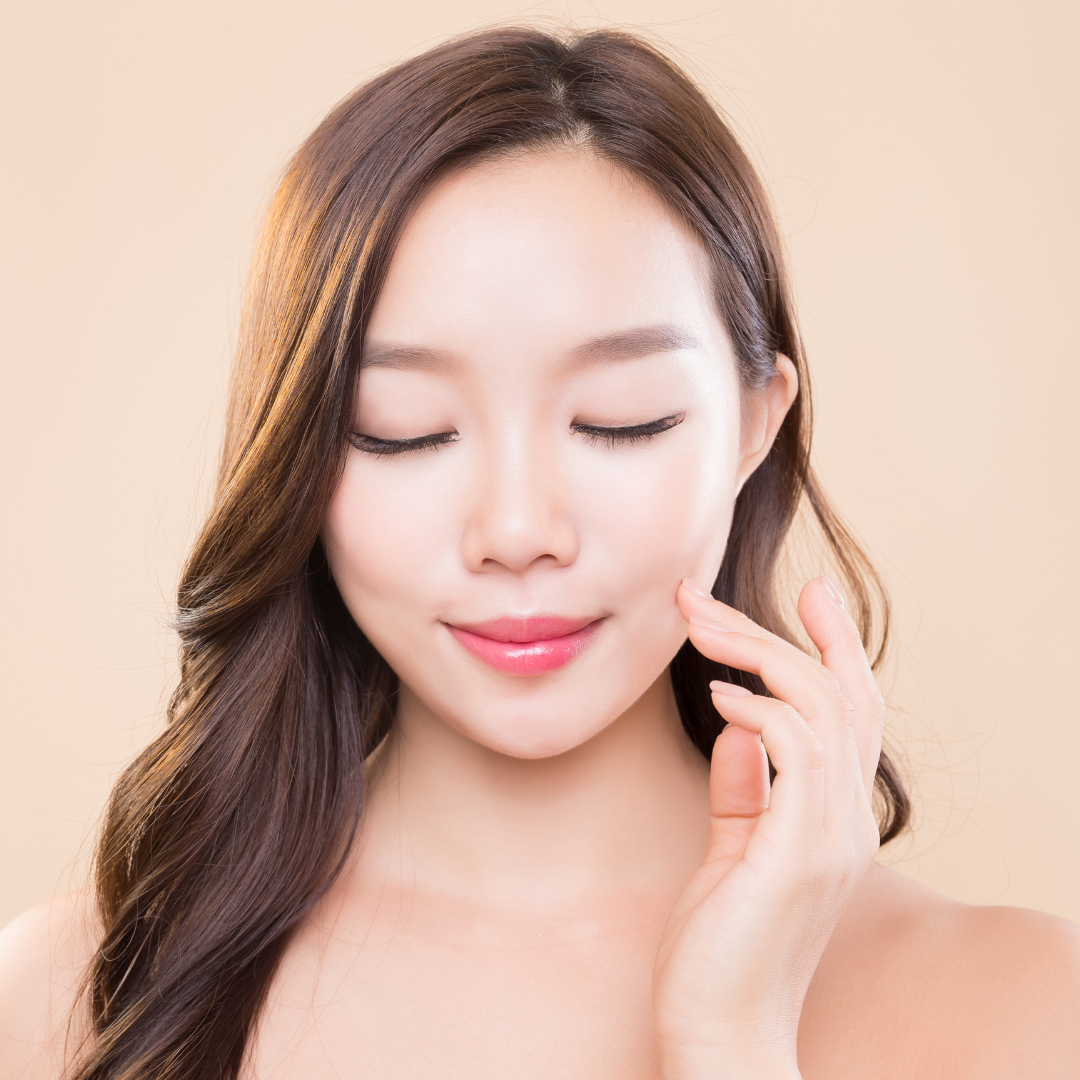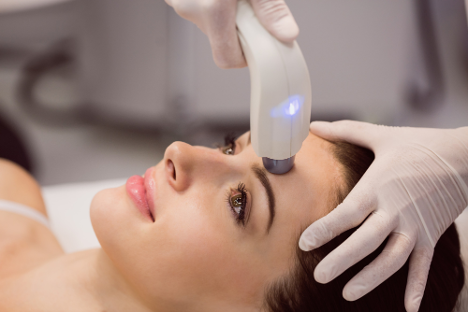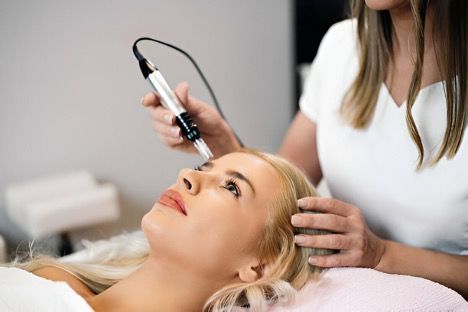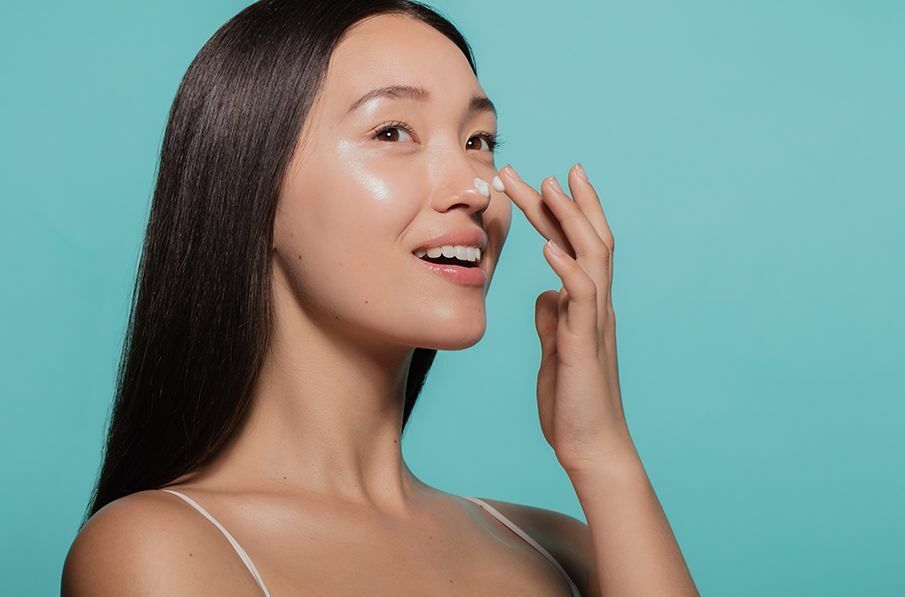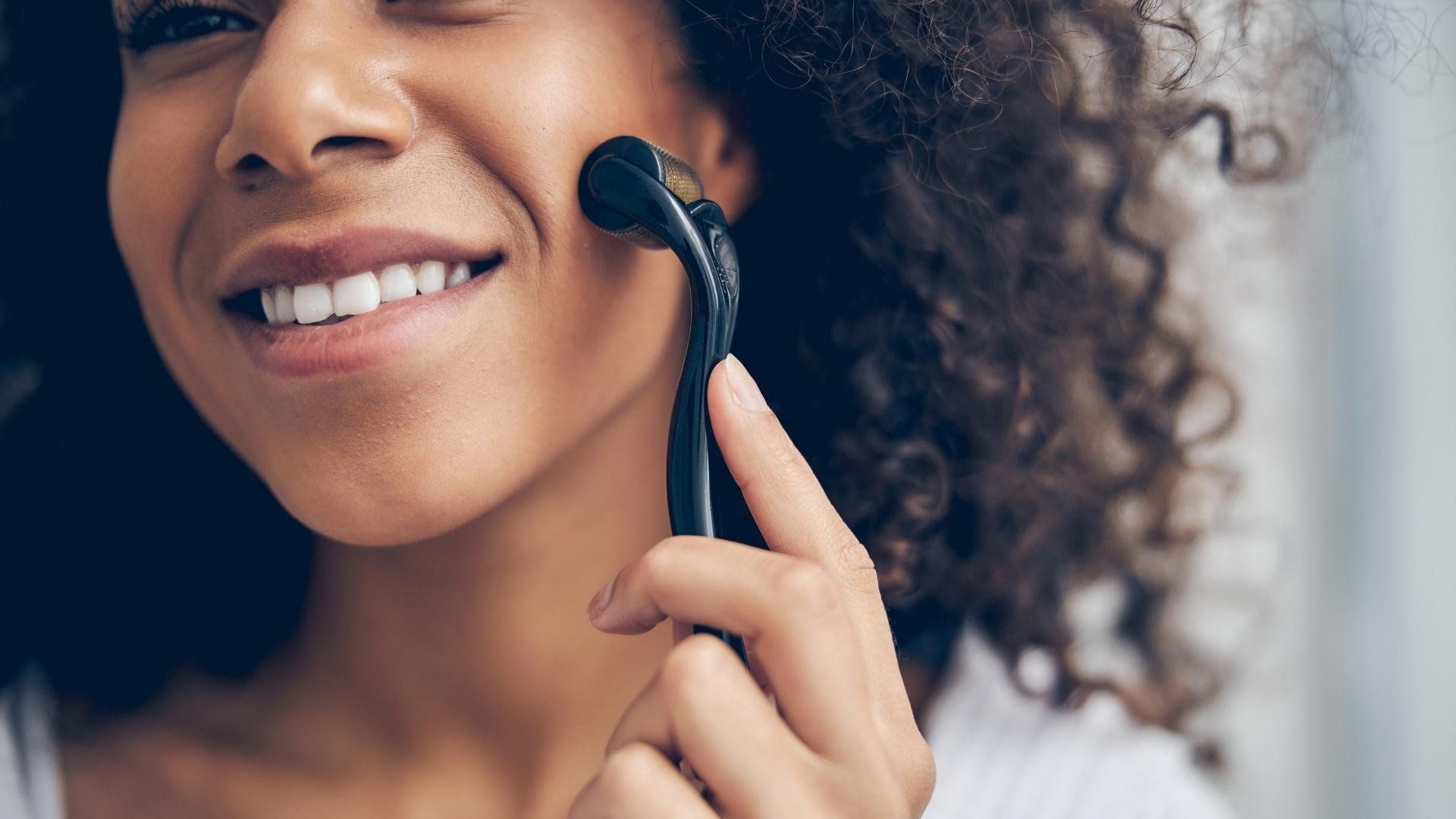Understanding Skin Whitening and Lightening Treatments: A Comprehensive Guide
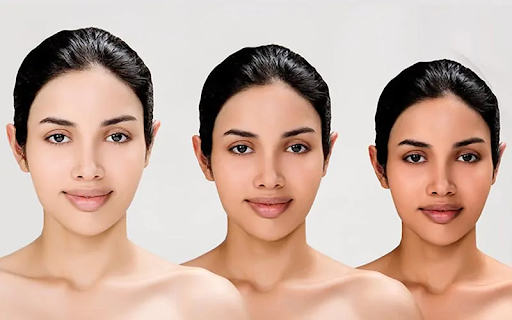
Skin whitening and lightening treatments have become increasingly popular, offering solutions to achieve a more even skin tone by reducing the appearance of dark spots, hyperpigmentation, and other skin discolorations. These treatments involve various methods and products designed to lighten the skin, often targeting melanin production which is responsible for skin color.
Across different cultures, lighter skin has sometimes been associated with beauty and social status, influencing the demand for these treatments. The significance of these procedures varies globally but often reflects broader societal beauty standards.
Garosoogil Skincare stands out as a premier resource for those seeking effective skincare solutions. We blend traditional Korean beauty practices with modern skincare science to offer products that are both gentle and effective. For instance, you can explore our5-step Korean skincare routine designed for beginners.
This guide aims to provide a detailed overview of the different types of skin whitening treatments available in the market. By exploring their benefits, risks, and tips for safe use, readers will be equipped with valuable insights to make informed decisions regarding their skincare routines.
In this comprehensive guide, we'll cover:
- Topical Skin Lightening Products
- Chemical Peels for Skin Whitening
- Laser Skin Whitening
- Professional Skin Lightening Treatments
- Home Remedies for Skin Lightening
For those considering professional treatments, services offered byGarosoogil Med Spa could be an excellent option. Our med spa provides a range of services from massages to body sculpting aimed at rejuvenating and invigorating your skin.
Stay informed and choose wisely to achieve your desired results while maintaining healthy, radiant skin. If you're interested in booking an appointment or consultation with us, please feel free tocontact us for further assistance.
The body content of your post goes here. To edit this text, click on it and delete this default text and start typing your own or paste your own from a different source.
What Are Skin Whitening and Lightening Treatments?
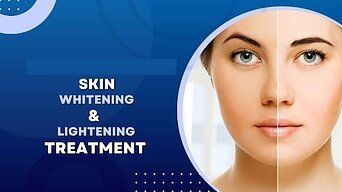
Types of Skin Whitening Treatments
Skin whitening treatments are cosmetic procedures aimed at reducing the melanin concentration in the skin. These treatments work to achieve a lighter skin tone and address various pigmentation issues. Melanin, a natural pigment produced by cells called melanocytes, determines the color of your skin, hair, and eyes.
Excessive melanin production can lead to conditions such as:
- Hyperpigmentation: Darkened areas on the skin caused by an overproduction of melanin.
- Dark Spots: Often result from sun exposure or aging.
- Acne Scars: Post-inflammatory hyperpigmentation left behind after acne heals.
Understanding how these treatments interact with melanin is crucial for achieving effective results without adverse effects.
To effectively manage these conditions, one could consider exploring options likeskin whitening orskin booster treatments offered by specialized med spas such as Garosoogil Med Spa Skin & Body. Theirbasic program provides a comprehensive approach to achieving radiant skin while theirskin booster treatments focus on deep hydration and nourishment for the skin.
Moreover, if you're looking for specific solutions to pigmentation issues, Garosoogil also offersbrightening and soothing care, which employs gentle methods to reduce pigmentation and calm sensitive skin for a more luminous complexion.
Types of Skin Whitening Treatments
1. Topical Skin Lightening Products
Topical skin lightening products are perhaps the most accessible and widely used methods for achieving a lighter, more even skin tone. These products often come in the form of creams, serums, and lotions designed for daily application.
Overview of Ingredients Used in Topical Products:
- Hydroquinone: A powerful depigmenting agent that inhibits the enzyme tyrosinase, responsible for melanin production. Hydroquinone is commonly used to treat hyperpigmentation, dark spots, and melasma.
- Kojic Acid: Derived from fungi, kojic acid works by preventing the formation of tyrosine, an amino acid needed to produce melanin. It is known for its antioxidant properties as well.
- Alpha Hydroxy Acids (AHAs): Such as glycolic acid and lactic acid, AHAs help exfoliate the skin surface, promoting cell turnover and improving texture and tone. They are beneficial for treating age spots and pigmentation issues.
Benefits and Risks of Using Products Containing Hydroquinone:
Benefits:
- Effective Results: Hydroquinone is considered one of the most effective ingredients for reducing pigmentation quickly.
- Spot Treatment: Ideal for targeted areas such as dark spots or acne scars without affecting surrounding skin.
Risks:
- Skin Irritation: Prolonged use can lead to redness, dryness, or irritation.
- Ochronosis: Rare but serious condition where prolonged use causes blue-black pigmentation.
- Regulatory Concerns: In some countries, hydroquinone is regulated due to potential side effects and requires a prescription.
Topical products offer a convenient option but should be used under guidance to avoid adverse effects. Consult with a dermatologist to ensure safe and effective use tailored to your skin type.
2. Chemical Peels for Skin Whitening
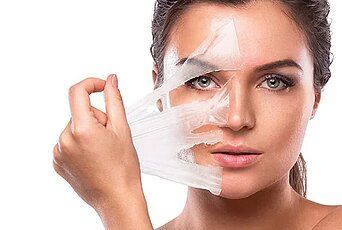
Chemical peels are a popular method for skin whitening, leveraging the power of controlled exfoliation to remove dead skin cells and promote new cell growth. By applying a chemical solution to the skin, these peels help reduce dark spots, acne scars, and hyperpigmentation, resulting in a more even skin tone.
Several types of chemical peels are available:
- Alpha Hydroxy Acids (AHAs): Commonly found in glycolic and lactic acid peels, AHAs are effective for superficial exfoliation and are suitable for mild discoloration.
- Beta Hydroxy Acids (BHAs): Salicylic acid is a well-known BHA that penetrates deeper into the pores, making it ideal for treating acne-related pigmentation issues.
- Trichloroacetic Acid (TCA): TCA peels target more severe pigmentation problems and can penetrate deeper layers of the skin compared to AHAs and BHAs.
Each type has its own benefits and potential side effects, making it essential to choose the right peel based on your skin type and concerns. Consulting with a dermatologist helps in selecting the most appropriate treatment to achieve desired results safely.
Laser skin whitening treatments use advanced laser technology to target and reduce melanin in the skin, effectively lightening areas with hyperpigmentation. These treatments are highly effective for addressing issues such as dark spots, acne scars, and uneven skin tone.
Types of Laser Therapies
Ablative Lasers
- Carbon Dioxide (CO2) Lasers: These lasers work by removing the outer layers of the skin, stimulating collagen production and revealing lighter, more even-toned skin underneath.
- Erbium Lasers:
Similar to CO2 lasers but typically used for more superficial skin concerns, offering quicker recovery times and fewer side effects.
Non-Ablative Lasers
- Fractional Lasers: Target deeper layers of the skin without damaging the surface, promoting natural healing and gradual lightening.
- Pulsed Dye Lasers (PDL): Utilize concentrated beams of light to reduce redness and pigmentation without significant downtime.
The choice between ablative and non-ablative lasers depends on individual needs, desired outcomes, and tolerance for downtime. Consulting with a skincare professional ensures the selection of the most appropriate treatment.
4. Professional Skin Lightening Treatments
Consulting with a Dermatologist:
Before starting any skin whitening journey, it's important to consult with a dermatologist. They can give you personalized advice based on your skin type and condition, making sure that the treatments you choose are safe and effective.
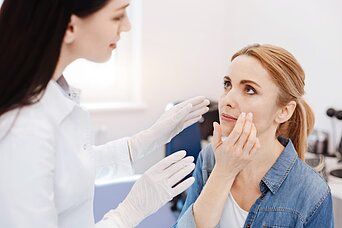
Overview of Professional Treatment Options: Professional skin lightening treatments include various methods designed to achieve significant results under expert supervision:
- Topical Skin Lightening Products: These often contain powerful ingredients like hydroquinone, kojic acid, and alpha hydroxy acids (AHAs) that work to reduce melanin production and lighten dark spots.
- Chemical Peels for Skin Whitening: This involves applying a chemical solution to exfoliate the top layers of the skin, revealing brighter and more even-toned skin underneath.
- Laser Skin Whitening: Using advanced laser technologies, these treatments target pigmentation issues with precision, offering visible improvements in skin tone.
Dermatologists customize these treatments according to individual needs, maximizing benefits while minimizing risks.
Home Remedies for Skin Lightening: Exploring Natural Alternatives
Exploring natural remedies for skin whitening can be both cost-effective and convenient. Many DIY treatments utilize ingredients commonly found in kitchens.
Popular Home Remedies
- Lemon Juice: Known for its high vitamin C content, lemon juice acts as a natural bleaching agent. It can lighten dark spots and even out skin tone.
- Yogurt: Contains lactic acid, which gently exfoliates the skin and helps to lighten pigmentation. Applying yogurt directly to the skin or mixing it with other ingredients like honey can enhance its effectiveness.
- Turmeric: A staple in traditional skincare, turmeric has anti-inflammatory and antioxidant properties that can brighten the skin.
- Aloe Vera: Known for its soothing properties, aloe vera can reduce pigmentation and improve overall skin health.
Safety Considerations
Natural does not always mean safe. It's crucial to:
- Conduct a patch test before applying any ingredient broadly.
- Avoid overuse; excessive application of acidic substances like lemon juice can irritate the skin.
- Consult a dermatologist if you have sensitive skin or existing conditions.
Garosoogil Skincare offers personalized consultations that can help you incorporate these natural remedies safely into your skincare regimen.
Preparing for Your Skin Whitening Journey: Essential Steps to Take Before Treatment
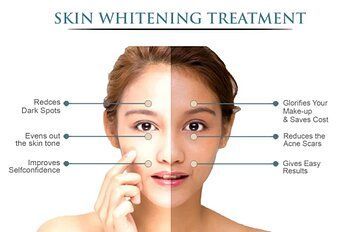
Embarking on a skin whitening journey requires thoughtful preparation to ensure both safety and effectiveness. Here’s what you need to consider:
Consultation Process
Before undergoing any treatment, scheduling a consultation with a dermatologist or skincare professional is crucial. This initial step allows experts to:
- Assess your skin type and condition
- Discuss your goals and expectations
Discussing Medical History
Sharing your complete medical history with your skincare professional is vital. This includes:
- Existing medical conditions: Conditions like eczema, rosacea, or psoriasis can influence treatment options.
- Previous skin treatments: Any past procedures or reactions should be disclosed.
- Medications: Certain medications can affect skin sensitivity and healing.
Skincare Routine Adjustment
Adapting your skincare routine beforehand helps prepare your skin for treatment:
● Gentle cleansing: Use mild cleansers to avoid irritation.
● Hydration: Ensure your skin is well-moisturized.
● Sun protection: Apply broad-spectrum sunscreen daily.
These preparatory steps lay the foundation for a successful and safe skin whitening experience.
Skin whitening and lightening treatments offer several benefits that extend beyond aesthetics. These procedures can significantly boost self-confidence, enabling individuals to feel more comfortable in their skin. The psychological uplift associated with achieving a desired skin tone should not be underestimated. Many people report feeling more positive and assertive after undergoing treatments.
Understanding Individual Motivations
Cultural perceptions of beauty often play a significant role in the popularity of these treatments. In various cultures, lighter skin is sometimes associated with higher social status and desirability. This cultural context underscores the importance of understanding individual motivations behind seeking skin lightening treatments. By addressing these societal standards, individuals can make informed decisions that align with their personal and cultural values.
Exploring Additional Options for Enhancement
Besides skin lightening treatments, there are other options such as lifting care that can enhance one's appearance further. For those interested in facial treatments, exploring the different types of facials available could be beneficial. Additionally, permanent make-up services can provide a hassle-free beauty routine, while indulging in comprehensive body care at a med spa could offer rejuvenation and invigoration.
Navigating the Risks: Understanding Side Effects Associated with Skin Whitening Procedures
When considering skin whitening treatments, it is crucial to understand the potential side effects and health risks.
1. Common Bleaching Agents
Ingredients like mercury, hydroquinone, and corticosteroids are often used in skin whitening products. While effective, these substances can lead to severe side effects:
- Mercury: Prolonged use can cause kidney damage, neurological issues, and skin rashes.
- Hydroquinone: May result in ochronosis (a bluish-black discoloration of the skin) and irritation.
- Corticosteroids: Can thin the skin, leading to increased susceptibility to infections.
2. Long-Term Health Implications
Unsafe products may contain harmful ingredients that pose significant health risks over time. Continuous exposure can lead to:
- Hormonal Imbalances: Some ingredients interfere with hormone production.
- Carcinogenic Risks: Certain chemicals have been linked to cancer.
- Organ Damage: Accumulation of toxic substances in the body can affect organs like the liver and kidneys.
Understanding these risks aids in making informed decisions about skin whitening treatments.

New Paragraph
Embracing Your Unique Beauty While Exploring Safe Options for Skin Lightening Treatments
Navigating Skin Whitening and Lightening Treatments requires a careful approach, balancing the desire for aesthetic changes with health considerations. By educating yourself on safe practices and effective methods, you can make informed choices that enhance your natural beauty. Consulting with professionals ensures that treatments are tailored to your unique skin needs, promoting both safety and efficacy. Remember, the journey to radiant skin is as important as the results. Embrace your uniqueness while exploring these options responsibly, prioritizing overall skin health and well-being.
Frequently Asked Questions
What are skin whitening and lightening treatments?
Skin whitening and lightening treatments are cosmetic procedures aimed at reducing melanin levels in the skin to achieve a lighter skin tone. These treatments address conditions such as hyperpigmentation, dark spots, and acne scars.
What types of skin whitening treatments are available?
There are several types of skin whitening treatments available, including topical skin lightening products (such as those containing hydroquinone and kojic acid), chemical peels, laser skin whitening, and professional skin lightening treatments administered by dermatologists.
Are there any risks associated with skin whitening treatments?
Yes, there are potential risks associated with skin whitening treatments. Common side effects can include irritation, allergic reactions, and long-term health implications from harmful ingredients found in some products. It is crucial to consult with a dermatologist before starting any treatment.
What should I do before undergoing a skin whitening treatment?
Before undergoing a skin whitening treatment, it is essential to have a consultation with a skincare professional. Discuss your medical history and current skincare routine to ensure that the chosen treatment is safe and appropriate for your skin type.
What are some popular home remedies for skin lightening?
Popular home remedies for skin lightening include natural ingredients like lemon juice, yogurt, and honey. However, it's important to consider safety when using these natural ingredients and to perform patch tests to avoid adverse reactions.
How can I maintain my results after a skin whitening treatment?
Maintaining results after a skin whitening treatment involves following a proper skincare routine that includes moisturizing, sun protection, and using recommended post-treatment products. Consistent aftercare is vital to prolonging the effects of the treatment.
